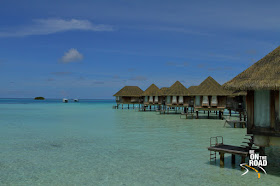
Sun-kissed white sandy beaches, azure or emerald waters, gorgeously warm shallow waters with rich coral reefs and marine life, fresh seafood on offer, a festive atmosphere and a totally relaxed environment is how I would describe the tropical island paradise of Maldives. Add to it over water lagoon suites, beach villas, swaying coconut palms, romantic dinners, some of the best spa centers, umbrella drinks, sensational sunsets and lots of beach and water sports, and you have a beauty of a winter beach destination.
A lot of people usually associate Maldives with honeymoons. While it is indeed a fabulous honeymoon destination, I think Maldives is also a great destination for a romantic holiday, holiday with family and kids or even for a backpacker. You just have to look in the right direction. And of course you have to like beach holidays.
To start with, we Indians get visa on arrival at Maldives, which I think is a great perk for the Indian Passport as Maldives is one of those destinations that is close to India and you can fly to for cheap from most destinations across the country. Air India, Jet Airways and the other local airlines offer some fabulous deals from time to time. Which means that, if you plan well, you can reach Male without even making a dent in your pocket.
Now, comes the accommodation bit, which is tricky in Maldives. The thing with Maldives is that most islands are privately owned and belong to a hotel group. These could be boutique resorts, four star hotels, five star properties and even uber luxury hotels. These properties can be further split into honeymoon, party, family, etc. The One and Only, Four Seasons, Taj Group of Hotels, the all-inclusive Club Med, Accor hotels and many more hospitality brands have properties here. Each one of them are located away from Male, the capital of Maldives and the city where your international flight lands.
Most of these private islands can only be reached by private boat or sea plane charters organized by the hotel that you have booked into. Either the price of this transfer is bundled into your overall price or you have to pay an additional fee. This can be a significant amount and hence it would be good to keep good track of it. Sea plane rides are ideal if you are interested in an aerial view of the islands, the coral reefs and the emerald waters. But, again, they will cost you an additional fee. But, they are totally worth it, especially if you are celebrating something.
The islands that are not privately owned by hotel groups, but by the government itself is where locals live. Here, you can find the budget-friendly guest houses and homestays. It is easier to find such places in Male city, but what I have noticed is that if you have some time at hand, you can find yourself a cheap place to stay in Maldives, like a room in a shack on a nice, quiet and small island. There are government run boats that sail from Male at pre-defined times to other smaller islands. The cost of travel in these boats is real low, but seats get filled up really fast. But, this way, you can spend that amazing budget beach holiday in Maldives.
Depending on your budget and occasion, you can choose your choice of accommodation – super luxury, middle range or homestays. Most hotel properties run discounts and offers from time to time, especially during the rains, just after the rains and right after the peak year end holiday season. Without doubt, the Christmas-New Year season would be the busiest and you can expect prices to be on the higher side at that time. But, irrespective of time of year, if you can afford to plan in advance, you can land a sweet deal with the hotels. After all, the hotels are the priciest bit when you holiday in Maldives. Do remember to explore the cost-value benefits of all-inclusive versus bed and breakfast as usually drinks and meals at these hotels can be a bit pricey.
As islands of Maldives are located far from each other, a beach holiday in Maldives is typically restricted to that island alone where you are staying. But, usually, you can indulge in all kinds of things at that very island – be it watersports, beach sports, underwater activities, kayaking, scuba diving, fishing, swimming or simply sunbathing on the beach while reading your favorite book. And if you are staying on an island with locals, then you can also experience their local customs and culture.
So, go on and plan that beauty of a beach holiday in Maldives and remember that an amazing destination like Maldives is not necessarily expensive to experience and explore.
Packing Tips – Don’t forget to carry your swim wear, beach wear, sunglasses, sunscreen lotion, flip flops and some nice clothes for those gala evenings.

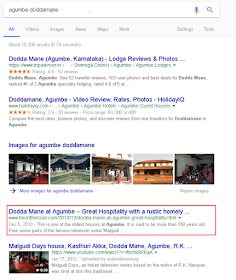
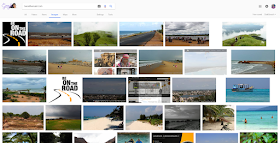
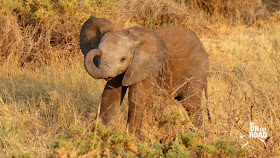

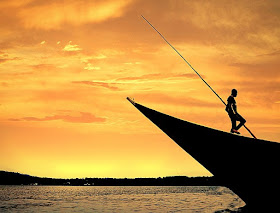
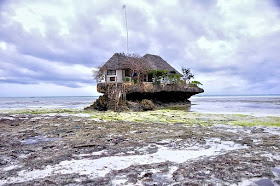
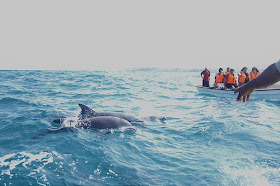


 What about its battery capabilities? A device with so many wireless capabilities, it is bound to drain the battery. Right?
What about its battery capabilities? A device with so many wireless capabilities, it is bound to drain the battery. Right?
 Western Digital has tied up with Plex Media Server to help you beautifully organize and stream your content. Through one interface, your entire media collection is visually enhanced through detailed descriptions, plot summaries, posters and so much more. Plex also allows you to wirelessly stream the content stored on your hard disk to all your devices – PC and Mac computers, smartphones, tablets, Smart TVS and more.
Western Digital has tied up with Plex Media Server to help you beautifully organize and stream your content. Through one interface, your entire media collection is visually enhanced through detailed descriptions, plot summaries, posters and so much more. Plex also allows you to wirelessly stream the content stored on your hard disk to all your devices – PC and Mac computers, smartphones, tablets, Smart TVS and more.




















